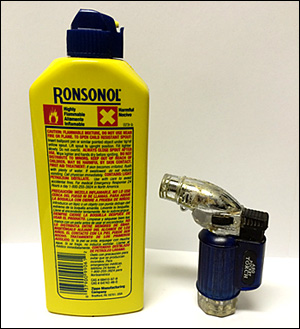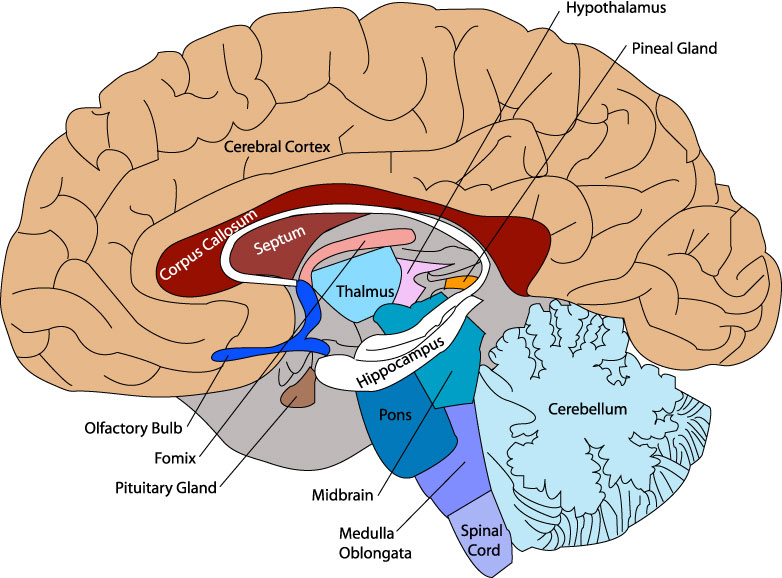If you haven’t heard about it already, “Dabbing” is the process of inhaling butane Marijuana hash oil for a faster and stronger high. Users place a dab of the hash oil on a super-heated piece of metal and inhale the smoke as the oil evaporates. Both the method of ingestion and the intense effect it produces are why some are calling it the “crack of pot.”
 The phrase “dabbing” refers to the method of placing marijuana in a tube and forcing solvent through it, usually butane. Once the solvent dissolves, it leaves only the marijuana plant’s resins, with tetrahydrocannabinol (THC) levels approaching a powerful 80 percent, or almost 4 times the amount found in the strongest strains of pot.
The phrase “dabbing” refers to the method of placing marijuana in a tube and forcing solvent through it, usually butane. Once the solvent dissolves, it leaves only the marijuana plant’s resins, with tetrahydrocannabinol (THC) levels approaching a powerful 80 percent, or almost 4 times the amount found in the strongest strains of pot.
The U.S. government estimates that domestic marijuana production has increased tenfold in the last twenty-five years. This might be attributed to the growing number of states that have legalized the use and sale of medicinal marijuana, as well as Colorado’s landmark passage of Amendment 64, in November 2012. This made the recreational use and sale of marijuana legal. The state claims to closely monitor all growing operations within its borders.
The pot business boom has also meant that sellers of the drug are getting more creative to stay ahead of their competition. Hence, marijuana dabbing. The hash oil created by the “dabbing” process goes by different names, such as “ear wax,” “dabs,” “budda,” “honey oil,” and “shatter.”
How is Butane Hash Oil Created?
The following are two different methods for creating butane hash oil:
1. Open Method – this refers to the more dangerous process of packing a stainless steel tube with marijuana and “blasting” it with an extraction solvent, such as butane. The resulting product is a thick, yellow-orange oil.
2. Closed Method – this process uses a machine called a butane oil extractor, which is also used to create aromatics from botanical herbs, such as lavender or mint.
Regarding the “open method,” the Federal Emergency Management Agency (FEMA) has issued reports regarding increased incidents of explosions in the U.S. caused by inept or careless hash oil manufacturers. This system is especially dangerous in the hands of would-be amateur chemists trying to create butane hash oil on their own.
It’s estimated that 9 percent of marijuana users are addicted to the substance. Cannabis use disorder is defined in the Diagnostic and Statistical Manual of Mental Disorders (DSM-5) as a problematic pattern of cannabis use leading to clinically significant impairment or distress. Studies have also shown that withdrawal from marijuana is similar to other drugs that are known to be addictive.
Stronger strains of marijuana combined with newer, more powerful delivery systems, such as “dabbing,” have taken some users by surprise. Dale Gieringer, Ph.D., and an advocate for reforming California’s marijuana laws, notes that there has been a rise in the amount of hospital visits related to marijuana overdose. He blames hash oil, and writes, “The dangers are dire enough to merit a special warning.”
Whatever new trend for getting high is on the horizon, parents should pay special attention to “marijuana dabbing” as hash oil is easily concealed, extremely potent, and potentially damaging to the young and developing brain of children and teenagers.




